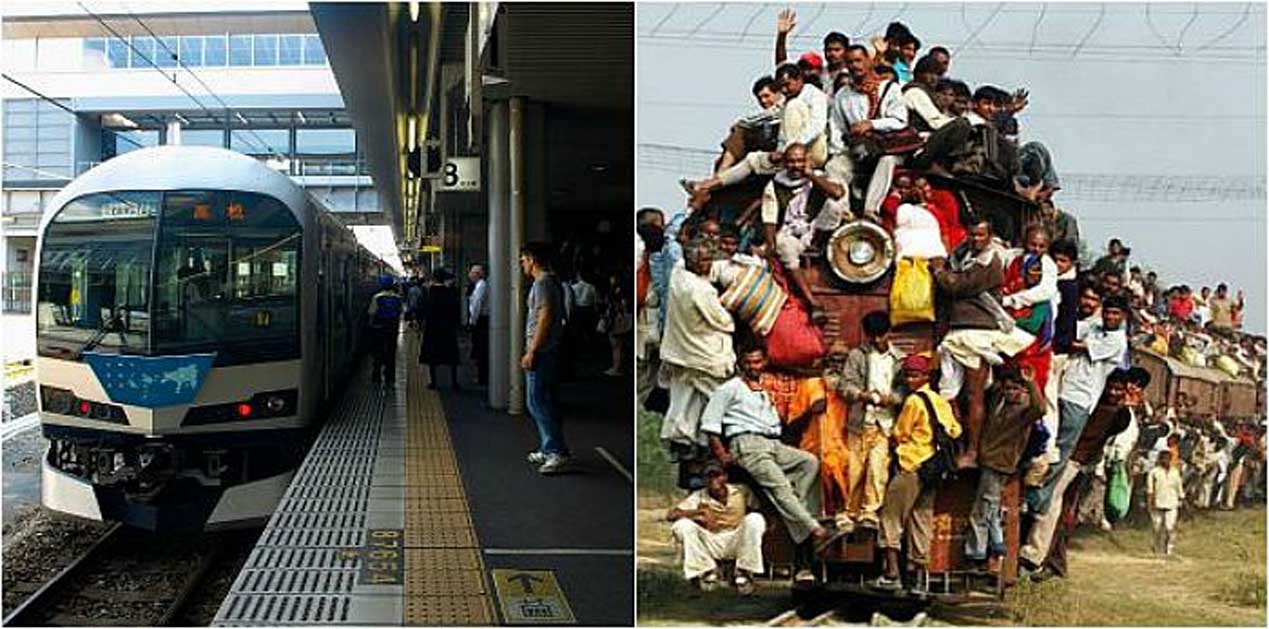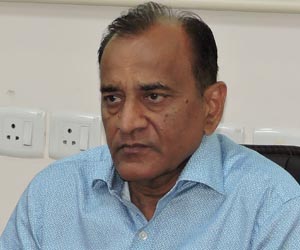The recent derailment of the New Farakka Express train near Rae Bareli, in which more than half a dozen lives were lost, has brought to fore the issue of rail safety yet again. Details of the incident are still sketchy. Reports say that the 23-coach train, bound for New Delhi from Malda in West Bengal, had been given the signal at Harchandpur railway station to proceed on the main track towards Lucknow. Yet the train, then running at around 100 kilometres per hour, took the loop line, and thereafter the accident occurred. The severity was such that as many as nine coaches and the engine went off track. Was there a defect at the main line and loop track convergence? Did the railway personnel on duty fail to connect the loop line point after giving the green signal to the train to proceed on the main track? Nothing is clear as yet, though the station master on duty has been suspended pending an official inquiry. How can mistakes in such basic matters, which lead to loss of lives and enormous damage to assets of railways, happen? But more importantly, what has been done, and is being done, to curb such accidents? Incidentally, just last month, Indian Railways had been proudly announcing its best safety record in five years, with the lowest number of fatalities recorded.
Many steps have been taken in the past few years to tackle the issue. For instance, the age-old practice of announcing a slew of new trains as a populist measure, has been discontinued. This has not only ensured that scarce resources are freed for other more important projects such as safety, but it has also meant that rail tracks, old and needing repairs or replacement, are not further burdened by the weight of additional trains that could result in disasters. The Union Budget had announced an allocation of one lakh crore rupees to the Rashtriya Rail Suraksha Kosh, to enable Indian Railways to undertake various safety projects — covering track renewal, conversion of unmanned level crossings, overhauling of old coaches, and repairing of bridges, etc. — over a five-year period. The creation of the fund did boost capital expenditure in these areas. A large part of the such expenditure was devoted to capacity creation of 18,000 kilometres of doubling, third and four line networks, and 5,000 kilometres of gauge conversions. The allocation also included more than 3,600 kilometres of track renewal, 4,000 kilometres of electrification and the elimination of about 4,200 kilometres of unmanned level crossings.
The Ministry of Railways’ claim of having done well in rail safety standards, is not entirely without reason. According to an official Press release, “consequential train accidents (were) reduced to 62 per cent — from 118 in 2013-14 to 73 in 2017 -18”. Besides, the thrust of capital expenditure over the years has been not so much on rolling stock acquisition but on safety and decongestion (this also contributes to the overall safety aspect). Thus, while track conversion and electrification projects have received a boost, expenditure on rolling stock acquisition such as that of locomotives, coaches and wagons, has seen a reduction by nearly two-thirds. It can be argued that a reduction in focus on rolling stock is bad for business, especially since rolling stock constitutes a big portion of business for quite a few traditional rail stocks. Yet, safety has to be given the prime spot. Besides, well-established rail stocks such as Titagarh Wagons and Texmaco Rail have over time diversified into other businesses, and thus it cannot be argued that they would be badly hit by the incumbent regime’s new focus areas. Titagarh has ventured into defence contracts and mining equipment, while Texmaco had gone into track and signaling work.
Although the measures taken and lined up have led to increased activity on the safety front, there are legacy issues that cannot be easily overcome. In the 2018 fiscal year, Steel Authority of India Limited (SAIL) failed to meet Indian Railways’ requirement of nine lakh tonnes of rail. SAIL had been supplying, on an average, six to seven lakh tonnes since the past many years, and found it difficult to suddenly meet the enhanced demand last fiscal. SAIL’s inability has hampered the railways’ plans to enhance the rail network and gauge conversions. It remains to be seen whether this public sector unit will be able to meet Indian Railways’ demand of 12 lakh tonnes for the 2019 fiscal, although SAIL is confident that it will do so, given that it has increased the output in its new rail mill at the Bhilai Steel Plant. The plant is the country’s main producer of steel rails and has a virtual monopoly on the supply to Indian Railways. Experts have been saying that time had come for railways to reach out more extensively to private players to cope with its increasing demand. On one occasion. Indian Railways had to float a global tender to procure more than four lakh tonnes of rail to meet the shortfall from SAIL.
Tackling rail safety needs a multi-pronged approach since there are several causes of railway accidents in India. According to a report, in 2015-16, a majority of accidents were caused due to derailments (66 per cent), while level-crossing accidents contributed 33 per cent. A Standing Committee on Railways had noted that a primary reason for derailments was a defect in either the track or the coaches. It pointed out that while, out of the total track length of 1,14,907 km in the country, 4,500 km needed renewal annually, only 2,700 km could be renewed in 2015-16. There are an estimated 14,000 unmanned level crossings. In 2014-15, about 40 per cent of the accidents had taken place on these points. The elimination of unmanned level crossings remains a challenge for the authorities — the Railways Ministry had fallen short of its annual target to get rid of them, between 2010 and 2013. In 2014-15, the target to eliminate more than 13,00 unmanned level crossings was scaled down by some 50 per cent; it further went down to 820 in 2015-16. Unfazed by these numbers, Indian Railways has now proposed to eliminate all unmanned level crossings on broad gauge lines by 2020. If the railways were to achieve this goal, it will be a major step towards drastically reducing rail-related accidents.
While there are many areas of reform and revamp to enhance rail safety, what cannot be forgotten in the rush of technological upgradations is that a large number of rail accidents in the country occur due to human error. A report of the Anil Kakodkar panel, submitted to the Government in 2016, had made 106 recommendations, many of them relating to safety. It had observed that, out of the 131 train accidents that occurred during 2011-12, as many as 115 (nearly 88 per cent) were the result of human error, while just under four per cent were due to the failure of equipment. Of the proportion of human fault, nearly 37 per cent was that of railway staff. One reason is, of course, carelessness of the personnel. But the more important cause is the critical shortage of frontline employees in the ‘safety’ section. As of 2016, more than 1.25 lakh vacancies remained to be filled in this category which comprises track men, point men, patrol men, technicians and station masters, among others. The shortage results in the existing staff over-working — which in turn increases the prospect of human error.
The safety aspect of Indian Railways is a political hot potato as well. We have had three Ministers in Rail Bhawan in the last four and half years, and all of them have had to battle concerns on this front. A major train accident inevitably leads to opposition parties baying for the Railways Minister’s head. It’s not for nothing that, while the Railways Ministry is among the most sought after assignment, it is also the most tricky to handle.
(The writer is a senior political commentator and public affairs analyst.)
Image Source: https://im.indiatimes.in/content/2015/Sep/train%20600_1441973468.jpg









.jpeg)
Post new comment